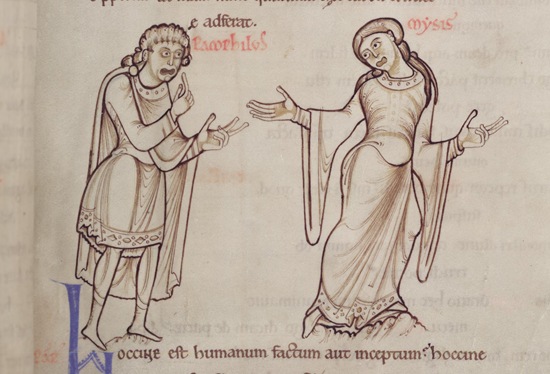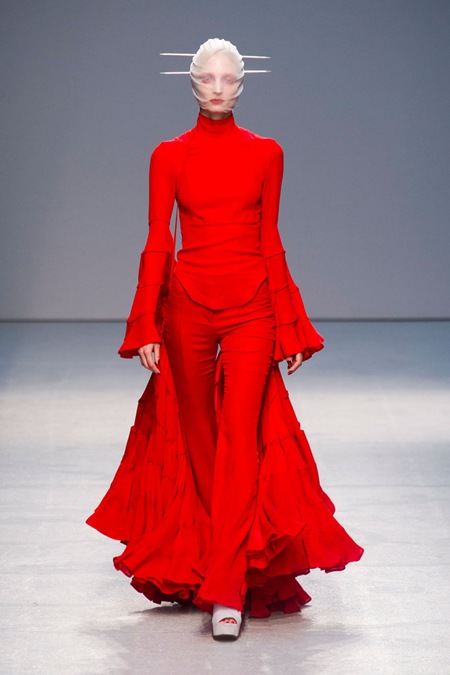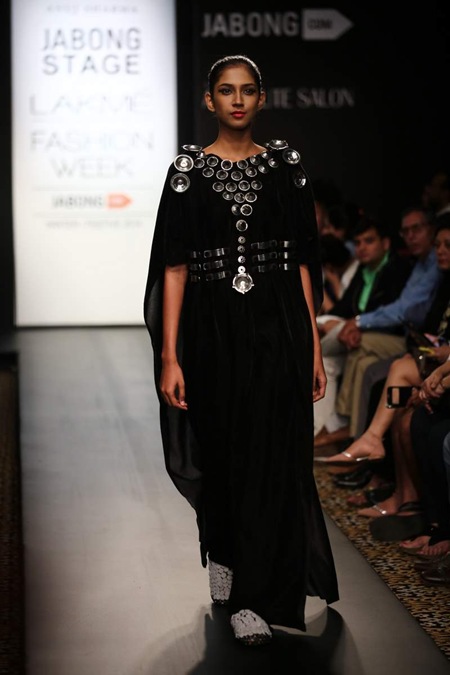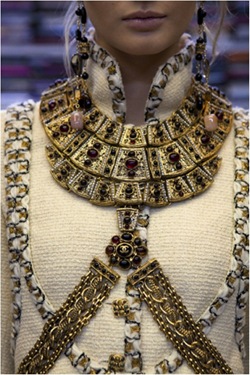If you look back into history, really back into history, you will find interesting styles – hairstyles, dressing styles and concepts. What is even more interesting is to see why people dressed the way they did. There were rules, hierarchies, obnoxious beliefs and interesting stories. History is a very interesting topic. It is so fascinating to know how people lived in olden times. And just think of it, there was a time when there were kings-queens, not a world of normal, working adults. How did the queens live? They wore elaborate dresses and actually had helpers help them sit and stand because their dresses were so heavy. What did the Kings do whole day? Address courts and fight on horses? How did man survive when he did not have a safe place to live and had to wander through forests having experimental food and fighting for life every day? How did he really invent shoes?
For me, all of it is really fascinating. And magical, to some extent.
We can trace back clothing and accessories way back to 3100 BC to Ancient Egyptian and Mesopotamian civilizations. Ancient Greek, Rome, Early and Late Middle Ages, Northern Renaissance – all of these eras are superbly charming. Clothing gets richer, more elaborate and ornate.
But guess what, history repeats. And how! Designers have taken inspiration regularly from olden time’s art and costumes. Some influences are blatant, while some are subtle. I like both of them. For my first assignment in the History of Fashion class, I was allotted Medieval Ages (300 – 1500 BC); so the costumes are not ornate. Just interesting.
Here are the old pictures and their modern day influences.
Wimple: A garment worn around the neck and chin, and which usually covers the head.
Portrait of a Young Woman in a Pinned Hat (1435) painted by Rogier van der Weyden
Modern day wimple. Shot by Mario Testino for Vogue UK Sept 2011
Bliaut: a women’s and also a men’s overgarment worn from the eleventh to the thirteenth century in Western Europe, featuring voluminous skirts and horizontal puckering or pleating across a snugly fitted under bust abdomen. The sleeves fit closely from the shoulder to approximately the elbow, and then widen from the elbow to drape to floor- or nearly floor-length.
Terence’s Comedies, St. Albans Abbey, mid 12th century, Folio 10 recto
Gareth Pugh Sprint 2013. May not be a perfect adaptation of the original concept but I just loved the ruffles and fall on this outfit!
Hennin: A headdress in the shape of a cone or “steeple”, or truncated cone worn in the late Middle Ages by European women of the nobility.
Philosophy Presenting the Seven Liberal Arts to Boethius (Paris, French, about 1460 – 1470) attributed to Coëtivy Master, in the Consolation of Philosophy
Jean Paul Gaultier Haute Couture Fall-Winter 2013/2014, Paris
Houppelande: An outer garment, with a long, full body and flaring sleeves, that was worn by both men and women in Europe in the late Middle Ages.
A panel painting, part of Ghent Altarpiece, Belgium
Dance Maestro Astad Deboo showcasing ‘Jade’ by Monica and Karishma at Lakme Fashion Week India 2014
Segmentae: Square or round decorative medallions that were placed in different areas of the tunic for decoration.
Mosaic of Archangel Michael from Church of Santa Maria dell Ammiraglio, Palermo, Italy
Anuj Sharma’s ‘Button Masala’ at Lakme Fashion Week India 2014
Clavi: Vertical stripes which decorate the front and back of a tunic.
A historic piece in The Metropolitan Museum of Art, New York
Chanel Pre-Fall 2011
And I can just go on and on. There are so many beautiful costumes and their modern day designs that it is really inspiring. Check out pictures of Dolce & Gabbana Fall 2013 collection on this lovely blog. Their collection, also inspired by medieval times, is mesmerizing. All their models look like Princesses.
If History, Art and Fashion interest you, check out Byzantine, Italian Renaissance, Medieval Times, Ancient Greek and Roman Empires costumes. You will be surprised with what you find.
This post features on Blogadda’s Spicy Saturday’s Picks (4th Oct ‘14)














